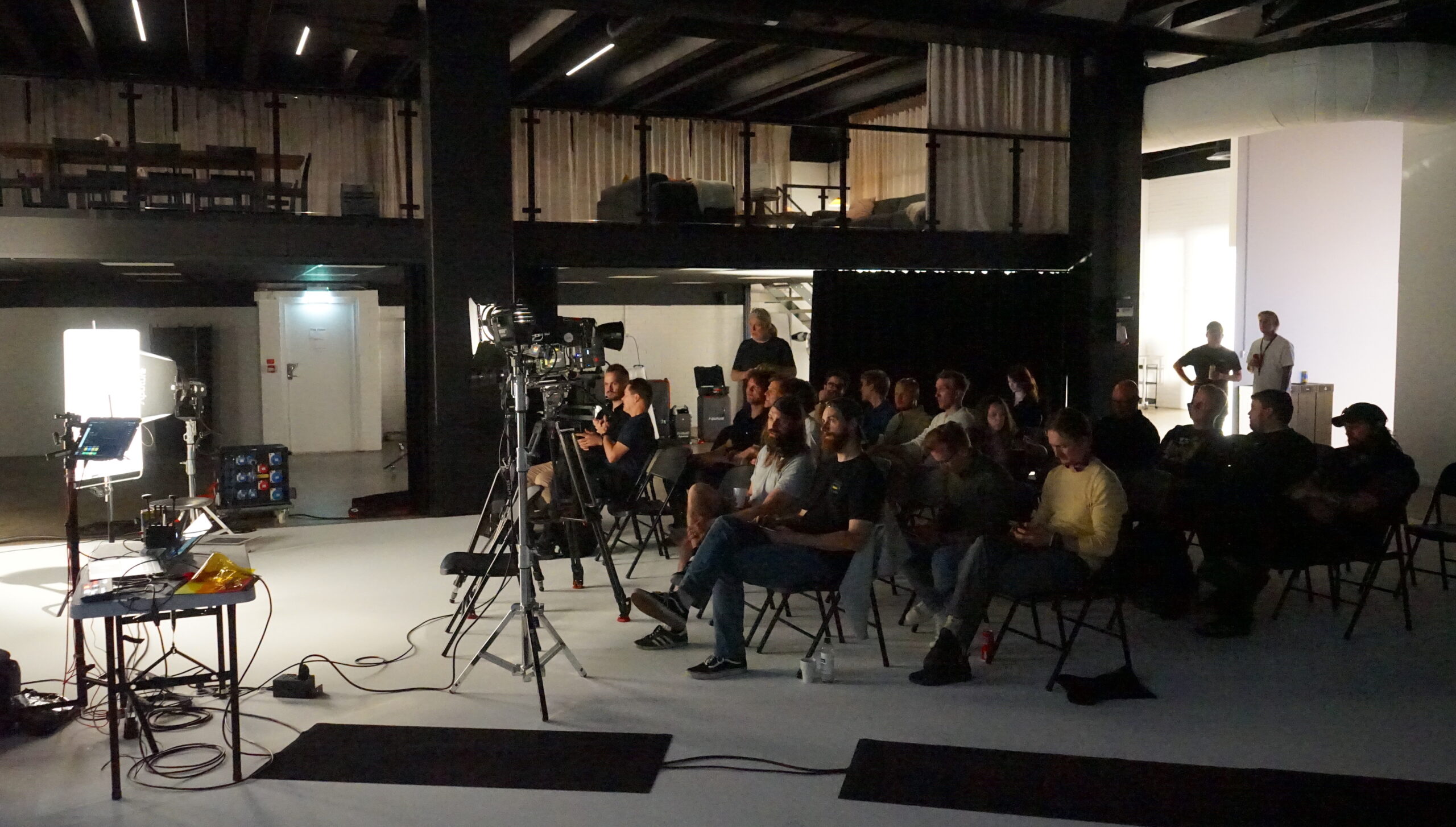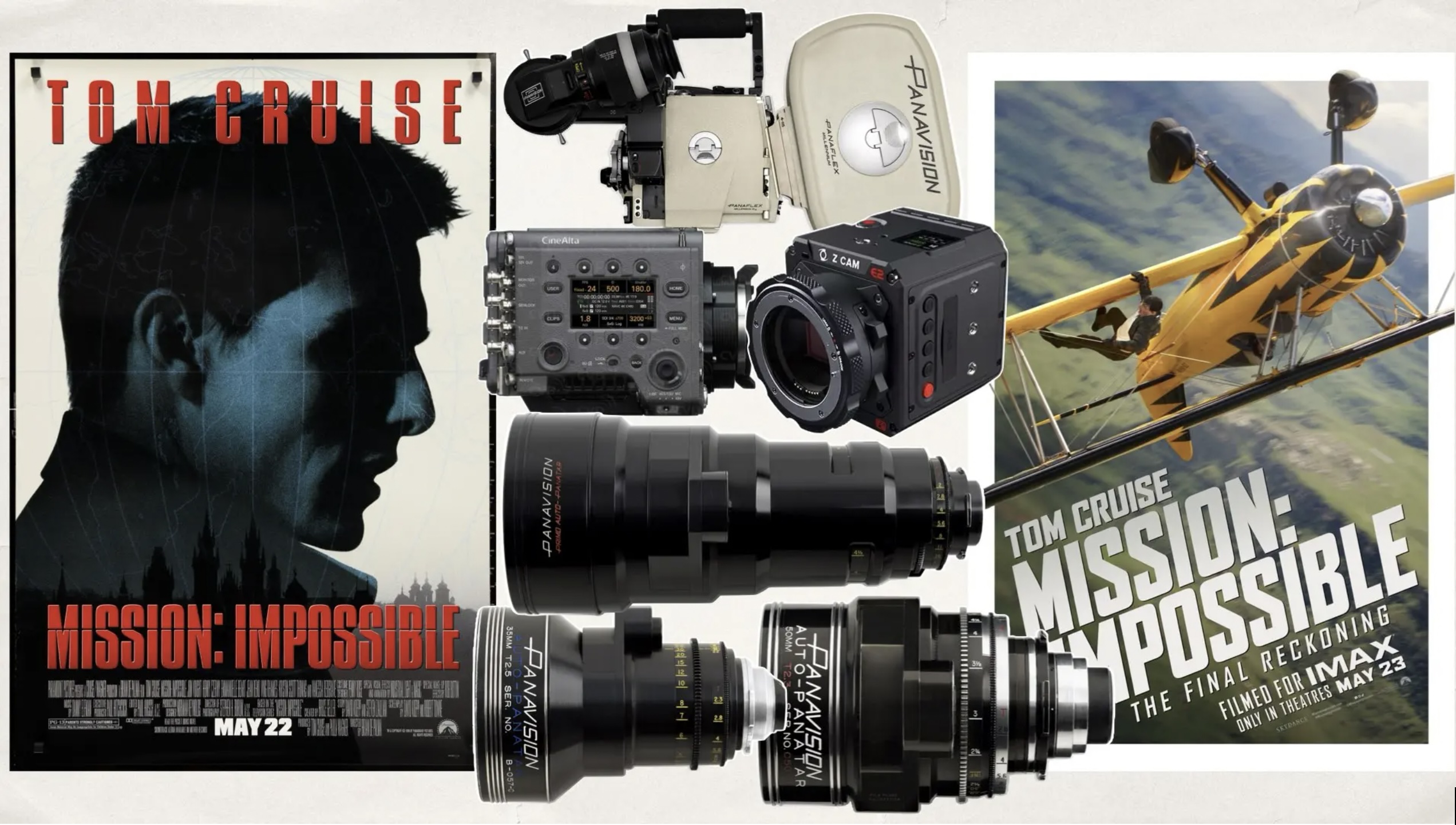Två nya digitalkameror väckte stort intresse på NAB
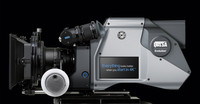
Dalsa vidade en ny 4K digitalkamera i kompakt utförande med spegelreflexsökare och utbytbara s.k. flash magasin med minneskort.
Den andra digitala kameran som också väckte stort intresse var Phantom HD/65 som är en unik digital high speed kamera med en upplösning av nära 10 megapixel och bildfrekvenser upp till 140 b/s i 4K, 970 b/s i 2K och 1.900 b/s i HD. Kameran finns i två versioner, en för HD/2K och en 65 version för upp till 4K.

Dalsa Evolution 4K kamera är en kompakt digital kamera med spegelreflexsökare, PL-fattning för 35 mm objektiv, samt inbyggt utrymme för utbytbara s.k. flash-magasin innehållande minneskort.
DALSA’s new Evolution 4K camera (available early 2008) is smaller and lighter than its big brother, the Origin II.
DALSA Digital Cinema. a leader in 4K motion picture capture, announced today that it is expanding its award-winning 4K product line to include new 4K camera models, an on-board 4K data recorder and new 4K anamorphic lenses. The new products will be on display at the upcoming National Association of Broadcasters (NAB) trade show April 16th to 19th, 2007 in Las Vegas.

The new and innovative products, which will be rolled out over the next year, build on DALSA’s 25+ year reputation as an international leader in high performance digital imaging and as a pioneer in 4K, the emerging quality standard for image capture and archiving of motion picture content.
“First and foremost, our product line reflects DALSA’s commitment to bringing the very best digital capture tools to the motion picture industry, with our constant emphasis on image quality,” commented Rob Hummel, President of DALSA Digital Cinema LA. “Basically, we’re talking about the ability to shoot at 4K resolution, 16-bit, uncompressed, untethered, using the highest quality anamorphic lenses. I think cinematographers will be particularly thrilled that, for the first time, a digital camera will be able to capture the CinemaScope 2.40:1 aspect ratio without compromising image quality.”
“Leading the pack for us at NAB, is how DALSA has listened to the input from cinematographers, and responded with the new Evolution 4K camera. Smaller, and lighter than its big brother, the Origin II, we think the Evolution camera will empower the cinematographer’s creativity even more. Obviously, we’re looking forward to seeing the reaction to our exciting new products at NAB and demonstrating that everything looks better when you start in 4K.”
New Products
* DALSA Evolution™ 4K Camera, a smaller form factor model that incorporates the company’s latest generation frame transfer CCD image sensor, delivering unmatched image detail, industry-leading exposure latitude, and superior highlight handling performance. The new camera, which uses cine-lenses and has a real optical viewfinder, also includes a new live HD/SDI output feature for enhanced on-set
monitoring and direct HD recording if desired. Available early 2008.
-
The DALSA Origin® II is a field-proven 4K cinematography camera based on the original award-winning Origin® camera. The newly updated model features DALSA’s latest generation frame transfer CCD image sensor and includes new ease of use features such as a simplified touch screen interface, 24 reference white balance curves/display LUTs and an enhanced “Visualize” on-set image analysis toolset. No other digital camera offers better performance, whether the image sensor is CCD or CMOS. Available now.
-
Flashmag™ is a unique untethered solution for recording RAW, uncompressed 4K data from the Origin II and Evolution 4K cameras, ensuring unparalleled image quality and portability in the widest variety of shooting conditions. Based on high speed, non-volatile, solid-state memory, the DALSA-designed compact device captures 20 minutes of RAW, 16-bit, uncompressed 4K data or 40 minutes of RAW, mathematically-lossless data. The recorder also doubles as a fully portable playback device for on-set review of dailies. The Flashmag performs image reconstruction (RAW Bayer to RGB) on-board in real time and then plays back at “Super 2K” resolution via dual HD/SDI outputs. Available early 2008.
-
DALSA is expanding its own line of high performance PL-mount cine lenses to include new 4K Anamorphic lenses. Built for DALSA by Eric Peterson of A&S Precision and designed by legendary lens designer Dan Sasaki, the new anamorphic models will give cinematographers the unique opportunity to shoot anamorphic widescreen digitally using the full resolution capability of DALSA’s frame-transfer CCD image sensor. The new anamorphic lenses completely cover DALSA’s high performance 4K chip through all focal lengths to deliver beautiful, sharp, crisp, clear pictures. Available late 2007.
DALSA and 4K – a history that goes back almost 20 years
Although “4K” is a relatively new term in the field of cinematography and motion picture archiving, it actually dates back to the late 1980s and the early days of machine vision. In the late 1980s, DALSA released the world’s first commercially available high performance line scan image sensor chip capable of capturing at 4K resolution (4096 pixels per horizontal line). The company’s chip technology evolved over the next decade into a viable and widely deployed solution for scanning 35mm film, which helped to usher in an era of affordable, high quality 2K and 4K film scanning and lead to the successful restoration of film classics and the digitization of new projects as the motion picture industry moved toward the digital intermediate process. In the late 1990s, the company developed the world’s first 35mm sized, 8 million pixel image sensor chip for Japan’s NHK. That development proved to be a springboard for the eventual development of the current DALSA motion picture image sensor and the award-winning DALSA Origin 4K camera, which was launched at NAB in 2003. In 2005, Director and visual effects guru, Alan Chan, used the Origin to shoot the world’s first, fully digital, 4K feature, “Postcards from the Future,” which will have its premiere in May, 2007. After nearly 20 years, DALSA’s 4K legacy continues, as the company delivers on their commitment to bringing the motion picture industry the very best image capture tools, without compromising on image quality.
About DALSA Digital Cinema
DALSA Digital Cinema is a leader in the development and commercialization of 4K digital motion picture capture tools. The company’s flagship product, the DALSA Origin® II, is widely acknowledged as the best cinematography camera available. The camera captures at 4K resolution, the industry’s preferred image capture and archiving resolution format. Designed for cinematographers with 35mm cine lenses and a through-the-lens reflex viewfinder, the award winning camera combines industry leading 4K output with the widest possible exposure latitude for the highest quality motion picture production. The camera is distributed exclusively through the company’s state of the art, full service camera rental facility in Woodland Hills, California.
Phantom HD och Phantom 65
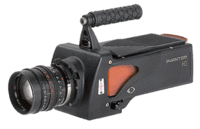
The Phantom HD and Phantom 65, from Vision Research, are among the most revolutionary cameras to come to market recently. Abel has partnered with Vision Research to bring the technology in Phantom high-speed cameras to the film and video production community. In the High-Speed Imaging section of our Technology Center, you will find a growing collection of resources for working with these systems.
The Phantom 65 delivers nearly 10 megapixel resolution at speeds of up to 125 frames per second, plus shutter speed control down to 2 microseconds (1/500,000 second), giving you precise control over the amount of blur or clarity in each scene. Exposure time can also be set in increments of one microsecond. The excellent sensitivity of the CMOS sensor and user determined contrast ratio combine to give you an image quality that rivals film.
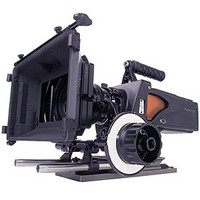
The Phantom 65 is compatible with several standard formats, 65mm, 1080 HD, UHD (3840×2160) and 35mm mopic, which makes this camera fully compatible with all 35mm equipment. Using the available 4:2:2 output, the Phantom 65 can be configured for “live” broadcast or studio production and has a continuous video output that conforms to HD-SDI (720p, 1080p, 1080psf, 1080i) standards.
Phantom 65 is compatible with HD viewfinders and monitors making shooting any subject clear and precise. Unlike with film, and some other digital high-speed cameras that require rendering, you can immediately see the results of your shot.
The camera records to an internal RAM memory that can then be downloaded to a laptop computer. The Phantom 65 arrives in 4, 8, 16 or 32 GB memory models. Phantom Phantom CineMags (available in Spring ’07) will provide hot-swappable, solid-state recording in 128, 256 and 512 GB models.
FEATURES
* 4K (4096 x 2440) resolution
* Allocated formats for standard 65mm 2.21:1 (4096×1860 pixels), HD (1920×1080), UHD (3840×2160), and 35mm mopic at 1.85:1 using an active pixel area of 25.6mm x 13.85mm (2048×1108 pixels)
* 65mm depth-of-field and aspect ratio
* Up to 125 frames-per-second (fps) frame rate at full resolution
* Adjust frame rate in 1 fps increments
* Shutter speeds as fast as two microseconds (1/500,000 second)
* User selectable aspect ratios can be set in 8 pixel vertical increments
* 14-bit sensor depth (42-bit color)
* 11-stop dynamic range
* Approximately ISO 640
* Circular buffer recording or Run-Stop
* Component video output to viewfinder
* Video out: 4:2:2 HD-SDI
* Up to 32GB in-camera memory
* Hot-swappable CineMag flash memory magazines (128, 256, 512GB) – Available Spring ‘07
* Remote control with RS-232 or Ethernet
* Weight: 12.1lbs (5.5Kg)
* Compatible with 35mm accessories
* Lenses: Mamiya 645 standard, custom lenses available
PACKAGE INCLUDES
- Camera with ordered memory
- Custom-fit Pelican case
- Software (Panasonic Toughbook computer recommended and additional)
- Power supply and cabling
- Ethernet connection cabling
- Camera control cabling (trigger, etc)
- 1 year warranty parts and labor
On this page, download helpful speed charts that give you the maximum frames per second and maximum available frames in memory at all the most common resolutions and aspect ratios. You can also look up recording times for both models in a variety of standard configurations.
Phantom Speed Chart: Phantom HD Production FPS
Phantom Speed Chart: Phantom 65 Production Rates FPS
Want to see Phantom in action? Visit the Vision Research website to watch demo footage here
